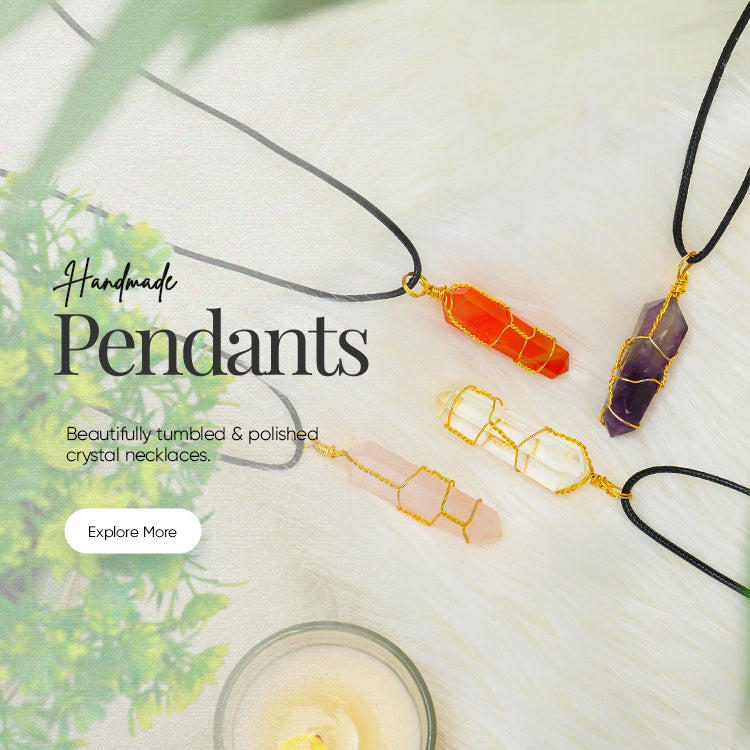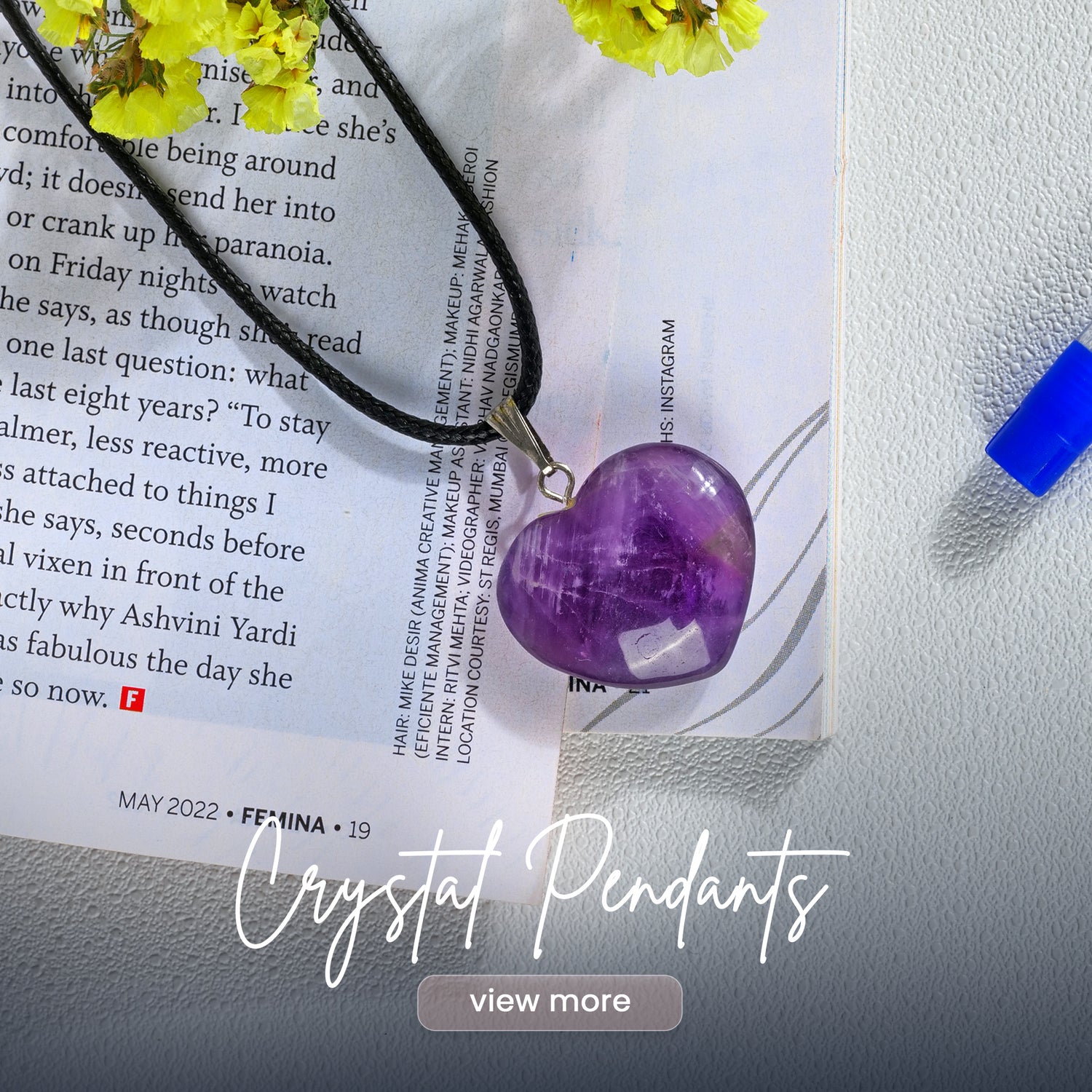Crystals come in a dazzling variety of forms, but are you one of those who think they are just as good as pretty paperweights? From raw shards that show off their natural sparkle to smooth, crushed stones that fit perfectly in your pocket, crystals can be used for everything from meditation to décor. Whether you're channeling energy, beautifying a space, or simply vibrating with your own beauty, these gemstones can be your companions for life. This blog is all about their major forms: raw crystals and tumbled crystal (or stones).
Raw crystals vs tumbled stones
When we talk about raw crystals, we're talking about stones in their natural, unrefined state. In this state, they are beautifully imperfect and full of natural vibers. Tumble stones, in contrast, are polished and shaped stones that are extremely easy to work with and display as well. Both types bring a unique energy and aesthetic, but can serve different purposes. Let's dive in!
Key differences between rough crystals and polished stones
1. Appearance:Raw Crystals: Look like nature's original works of art, featuring irregular edges, unique formations, and even rough surfaces. They are all about authenticity!
Tumbled Stones: Smooth, polished, and shiny, these beauties are the finished products with the help of machines. They look fabulous in a bowl or as a wearable piece.
2. Energy and Vibration:Raw Crystals: Generally thought to carry more powerful energies due to their unrefined state, raw crystals are believed to connect you with the raw forces of the Earth.
Tumbled Stones: While tumbled stones still have a powerful effect, the energy of tumbled stones is often perceived as kinder and more gentle. Perfect for a calming atmosphere!
3. Strength:Raw Crystals: These can be a bit fragile. They should be handled with care to avoid chipping or breaking.
Tumbled Stone: More durable and resistant, it can withstand some rough handling. They are usually scratch resistant and perfect for everyday use.
4. Cleaning and Care:Raw Crystals: A simple rinse under water is often enough, but you have to be aware of the harsh chemicals and their effects on the raw stones. They thrive when washed carefully, so opt for natural cleaning methods such as bran or moonlight.
Tumbled Stones: Also require a good rinse, but their polished surface makes them less prone to dirt build up. You can also soak them in salt water for a more thorough clean, but be careful not to overdo it.
5. Best Uses:Raw Crystals: Perfect for decorating your altar or using as a centerpiece in your meditation practice. They help to ground your intentions and inspire energy work.
Tumbled Stones: Perfect for carrying in your pocket, using in crystal grids. They’re versatile and can easily adapt to your daily routine.
6. Price:Raw Crystals: Prices usually vary depending on rarity and size, but you might shell out a lot of money for an exciting example that can become the centerpiece of your collection.
Tumbled Stones: These are generally more affordable, making them a great starting point for crystal beginners. You can raise a small army of them without emptying your wallet.
Frequently asked questions about raw crystals and tumbled stones
Q: Can I use raw crystals for healing?
Absolutely! But don't forget that their energy is intense. When you work with them, make sure you are taking care of the energies.
Q: How to choose either of the stones
It really depends on your vibes and requirements! If you're looking for raw energy, give rough crystals a try, but if you prefer something portable and soft, tumbling stone is your best choice.
Q: Are there any crystals that are better raw than tumbled?
Yes. Some crystals, such as selenite and quartz, hold their energy better in the raw state.
Q: How often should I cleanse my crystals?
As mentioned above, raw crystals are better cleansed with smudging, saging or light. But tumbled stones can withstand some rough handling. So, clean your crystals accordingly.











